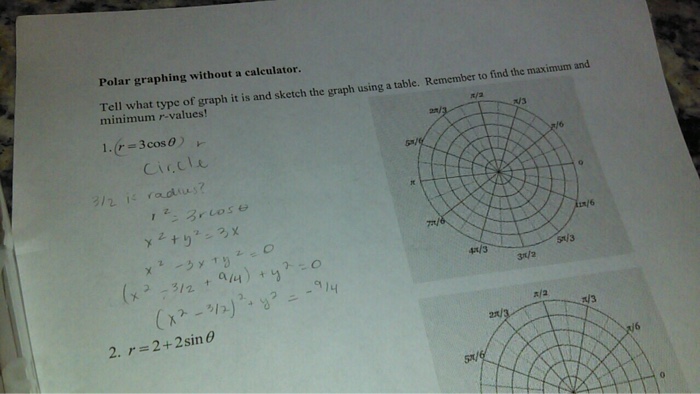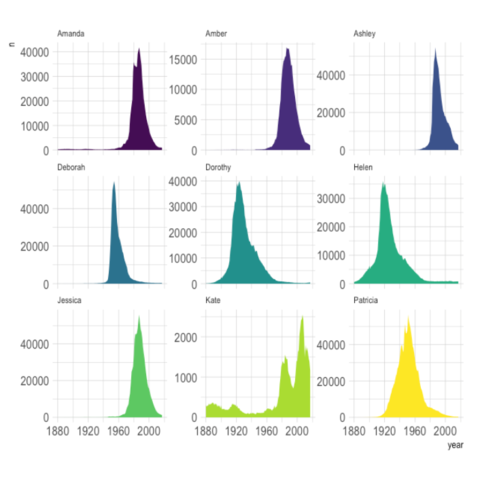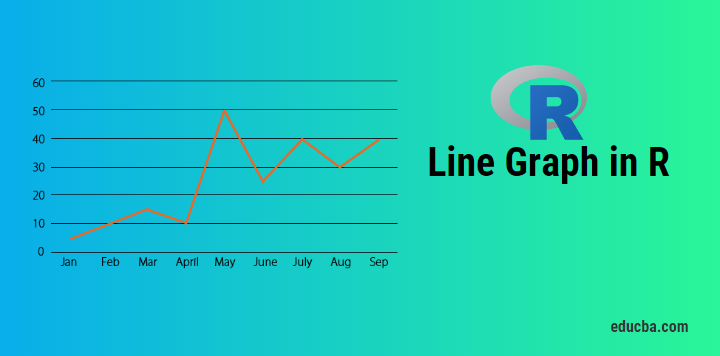Plotly's R graphing library makes interactive, publication-quality graphs. Examples of how to make line plots, scatter plots, area charts, bar charts, error bars, box plots, histograms, heatmaps, subplots, multiple-axes, and 3D (WebGL based) charts.
Plotly.R is free and open source and you can view the source, report issues or contribute on GitHub.
Write, deploy, & scale Dash apps and R data visualization on a Kubernetes Dash Enterprise cluster.
Get Pricing | Demo Dash Enterprise | Dash Enterprise Overview

One of the main reasons data analysts turn to R is for its strong graphic capabilities. Creating a Graph provides an overview of creating and saving graphs in R. The remainder of the section describes how to create basic graph types. In this work, we propose a new framework, Graph R-CNN, for scene graph generation which effectively leverages object-relationship regulari-ties through two mechanisms to intelligently sparsify and reason over candidate scene graphs. Our model can be factorized into three logical stages: 1) object. This cookbook contains more than 150 recipes to help scientists, engineers, programmers, and data analysts generate high-quality graphs quickly—without having to comb through all the details of R’s graphing systems. Each recipe tackles a specific problem with a solution you can apply to your own project and includes a discussion of how and why the recipe works. Plotly's R graphing library makes interactive, publication-quality graphs. Examples of how to make line plots, scatter plots, area charts, bar charts, error bars, box plots, histograms, heatmaps, subplots, multiple-axes, and 3D (WebGL based) charts.
- R Tutorial
- R Data Interfaces
- R Charts & Graphs
- R Statistics Examples
- R Useful Resources
- Selected Reading

A bar chart represents data in rectangular bars with length of the bar proportional to the value of the variable. R uses the function barplot() to create bar charts. R can draw both vertical and Horizontal bars in the bar chart.In bar chart each of the bars can be given different colors.
Syntax
The basic syntax to create a bar-chart in R is −
Following is the description of the parameters used −
- H is a vector or matrix containing numeric values used in bar chart.
- xlab is the label for x axis.
- ylab is the label for y axis.
- main is the title of the bar chart.
- names.arg is a vector of names appearing under each bar.
- col is used to give colors to the bars in the graph.
Graph Represents A Function
Example
A simple bar chart is created using just the input vector and the name of each bar.
The below script will create and save the bar chart in the current R working directory.
When we execute above code, it produces following result −
Bar Chart Labels, Title and Colors
The features of the bar chart can be expanded by adding more parameters. The main parameter is used to add title. The col parameter is used to add colors to the bars. The args.name is a vector having same number of values as the input vector to describe the meaning of each bar.
Graph Root Word

Example
The below script will create and save the bar chart in the current R working directory.

When we execute above code, it produces following result −

Graph-rcnn
Group Bar Chart and Stacked Bar Chart
Graph-regularized
We can create bar chart with groups of bars and stacks in each bar by using a matrix as input values.
Graph Relationships
More than two variables are represented as a matrix which is used to create the group bar chart and stacked bar chart.
